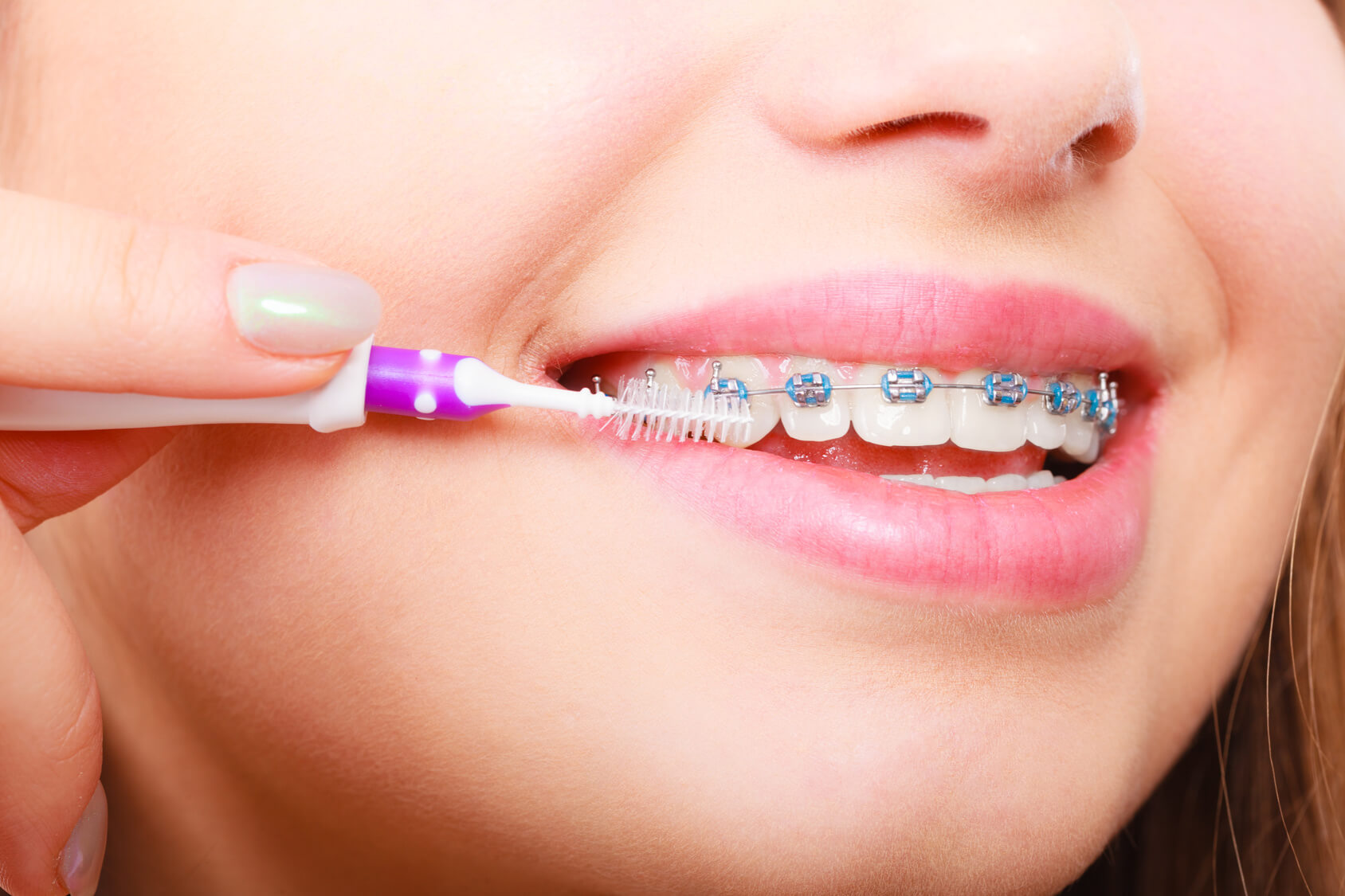Avoiding Discoloration After Braces are Removed

After months of wearing braces, it’s so exciting to finally get them taken off. You’ve gone through multiple dental appointments, adjustments, and more to enjoy seeing a straighter, more beautiful smile. However, some people end up with tooth discoloration after their braces are removed, which can be frustrating after putting all that time into improving your smile. The good news is that you can take measures to prevent discoloration so you end up with the gorgeous, healthy smile that you want.
What Causes Discoloration When Wearing Braces?
Why do teeth sometimes become stained and discolored when you’re wearing braces? This can happen for many different reasons. Some people don’t deal with discoloration at all. Since traditional braces come with wires and brackets, they have the ability to easily trap food. This can result in bacteria buildup, causing the formation of plaque. The braces don’t actually cause the stains, but it’s the plaque that forms in areas you can’t easily reach while wearing braces that can result in discoloration.
When you’re wearing braces, it’s often tough to remove all the plaque from teeth. This plaque makes acids that can leach away the minerals from tooth enamel. The demineralization of tooth enamel changes the way light is reflected from the surface of your teeth. This results in the formation of white spots in those areas where you’ve been unable to remove plaque. Unfortunately, when plaque builds up on your teeth, you’re also at a greater risk for gum disease and tooth decay while you’re wearing braces.
Tips for Preventing Staining and Discoloration
It’s always important to practice good oral hygiene, but it’s even more important when wearing braces and it’s often a lot more difficult while wearing braces, too. You and your orthodontist can work together to take measures to prevent staining and discoloration so you’re happy with your smile when the braces come off. Here’s a look at some helpful tips to use while wearing braces to avoid problems with discoloration.
- Tip #1 – Brush and Floss After Each Meal – Usually you’re urged to brush twice a day, but it’s a good idea to brush and floss after each meal when you’re wearing braces. Regular brushing and flossing can help prevent the buildup of plaque between brackets and your teeth, which is where plaque often begins to form. Each time you brush, make sure you’re brushing for a minimum of two minutes to eliminate all the plaque. Just make sure you wait about 30 minutes after meals before brushing to avoid damaging tooth enamel.
- Tip #2 – Eliminate Some Drinks and Foods from Your Diet – It’s a good idea to eliminate some drinks and foods from your diet, such as those high in starches or sugars. Stay away from high acid and high sugar sodas and fruit drinks as well, since they can feed bacteria and damage teeth, particularly while you’re wearing braces.
- Tip #3 – Don’t Skip Regular Dental Cleanings – Don’t skip regular dental cleanings while you’re wearing braces. In fact, your orthodontists may want you to have cleanings every three months instead of every six months while you have braces on your teeth.
- Tip #4 – Extra Fluoride May Help – An in-office fluoride varnish may be used to help protect your teeth and prevent discoloration. It can be used before braces are applied and then reapplied as you’re undergoing orthodontic treatment. A fluoride rinse may also be used after you brush your teeth to help keep your teeth strong and healthy.
- Tip #5 – Ask Your Orthodontist About Sealants – Some orthodontists use special fluoride containing sealants to cover your enamel before applying braces. This can help prevent white spots and discoloration.
- Tip #6 – Consider Using Special Tools – Special tools like an electric toothbrush and a water flosser can help you get teeth cleaner while you’re wearing braces. Certain companies make special toothbrush heads specifically designed for people who wear braces to improve your ability to remove plaque. Water flossers also help remove debris and plaque below your gumline and between your teeth in areas where it’s tough to reach with traditional flossing and brushing.
Preventing discoloration is the best way to make sure you love your smile when your braces come off. However, if you do have a bit of discoloration, your dentist can help. You’ll need to wait at least six months after braces come off to have whitening treatments, but after this time you can discuss in-office whitening with your dentist to decide if it’s a good option for you.
Sources:
https://thomasorthodontics.com/teeth-discolored-after-braces/
http://www.oralb.com/embraceit/braces-problems
http://saddlecreekortho.com/ourblog/posts/do-orthodontic-braces-cause-white-spots-on-teeth






Let's Get Social